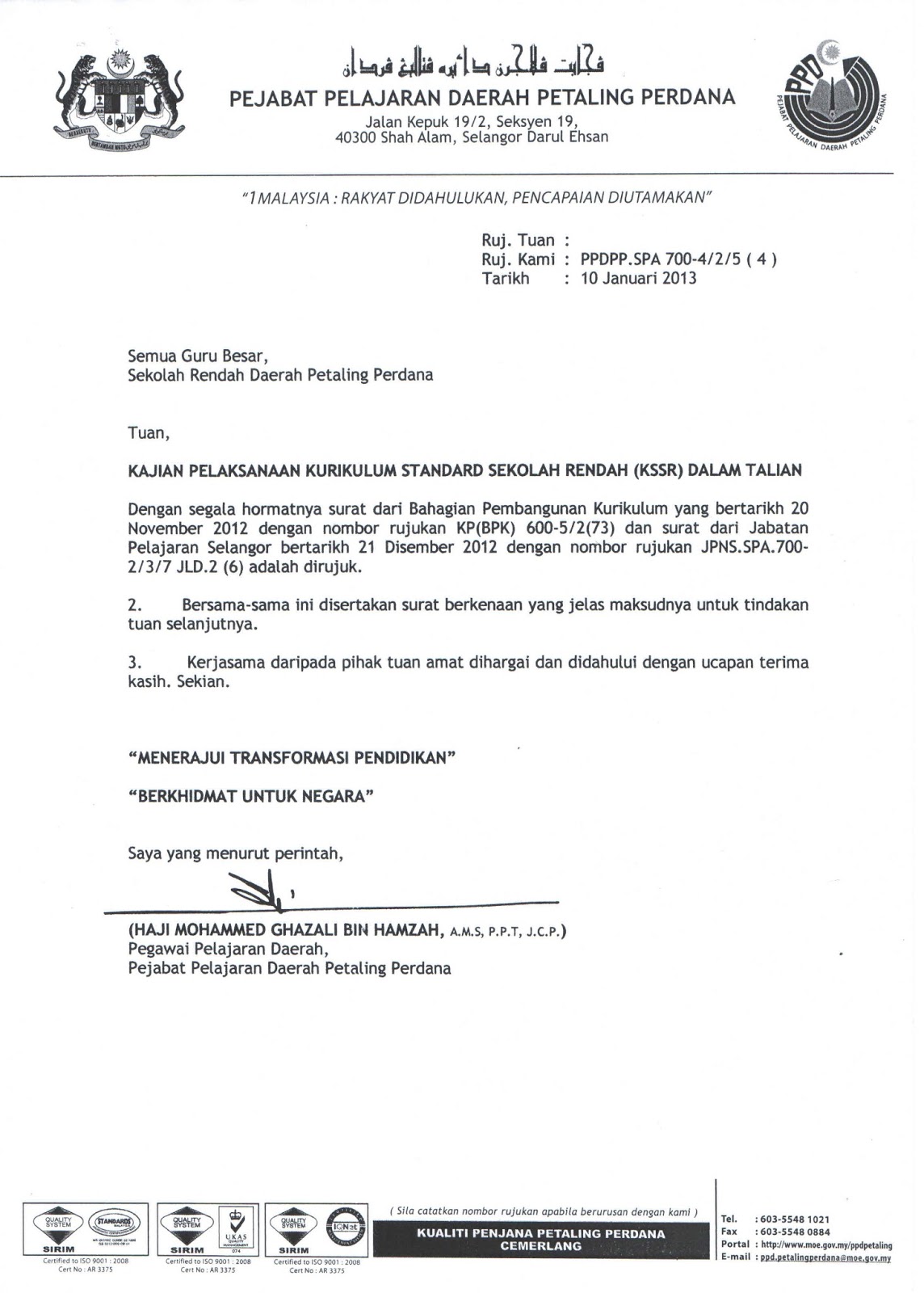Mastering the Art of Formal Letters: Format and Examples
In a world saturated with casual communication, a well-crafted formal letter can be a breath of fresh air. It's a powerful tool that commands attention, conveys respect, and leaves a lasting impression. Whether you're applying for a dream job, addressing a business matter, or simply expressing yourself professionally, understanding the correct format and structure is essential.
Think of a formal letter as a carefully constructed building. Just as each brick and beam plays a vital role in its stability, every element of a formal letter contributes to its clarity and impact. From the sender's address to the closing salutation, each component has a specific purpose and placement, ensuring your message is received as intended.
You might be wondering, "Why bother with formalities in today's digital age?" While emails and instant messages have become commonplace, formal letters retain a unique power. They signal sincerity, professionalism, and a level of thoughtfulness that often gets lost in fleeting digital exchanges.
Imagine receiving a handwritten thank-you note after an interview or a beautifully printed letter confirming a business agreement. It feels different, doesn't it? It conveys a sense of importance and respect that digital communication often lacks.
Mastering the art of formal letter writing is an invaluable skill that transcends industries and generations. It's about communicating effectively, building relationships, and presenting yourself in the best possible light. By understanding the nuances of format and structure, you gain the confidence to navigate various professional and personal situations with grace and professionalism.
Advantages and Disadvantages of Formal Letters
While formal letters offer numerous benefits, it's important to consider their limitations in certain contexts. Let's delve into the pros and cons:
| Advantages | Disadvantages |
|---|---|
| Convey professionalism and respect | Can be time-consuming to write and send |
| Create a lasting impression | May not be suitable for urgent matters |
| Suitable for official documentation | Require a formal tone that might not be appropriate for all situations |
| Enhance brand image and credibility | Can feel impersonal if not crafted thoughtfully |
Best Practices for Effective Formal Letters
To ensure your formal letters make a positive impact, keep these best practices in mind:
- Maintain a professional tone: Use clear, concise language and avoid slang, jargon, or overly casual expressions.
- Proofread meticulously: Errors in grammar, spelling, and punctuation can undermine your credibility. Always proofread carefully before sending.
- Use high-quality paper and printing: If sending a physical letter, opt for quality paper and a professional printing service.
- Be respectful and courteous: Even when expressing disagreement or dissatisfaction, maintain a respectful and courteous tone.
- Follow up appropriately: If sending a letter for a specific purpose, follow up within a reasonable timeframe to inquire about any updates or next steps.
In an age of fleeting digital exchanges, formal letters provide a tangible and enduring means of communication. By mastering the art of crafting well-structured and thoughtfully written letters, you equip yourself with a valuable skill that can enhance your personal and professional life. Embrace the power of the written word, and watch as it opens doors, builds relationships, and leaves a lasting impression on those you connect with.
Finding the perfect look navigating davids bridal mother of the bride dresses
Rustic bathroom vanity designs add charm character
Cracking the code what is the letter j as in echo november










